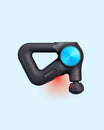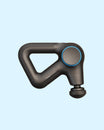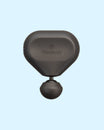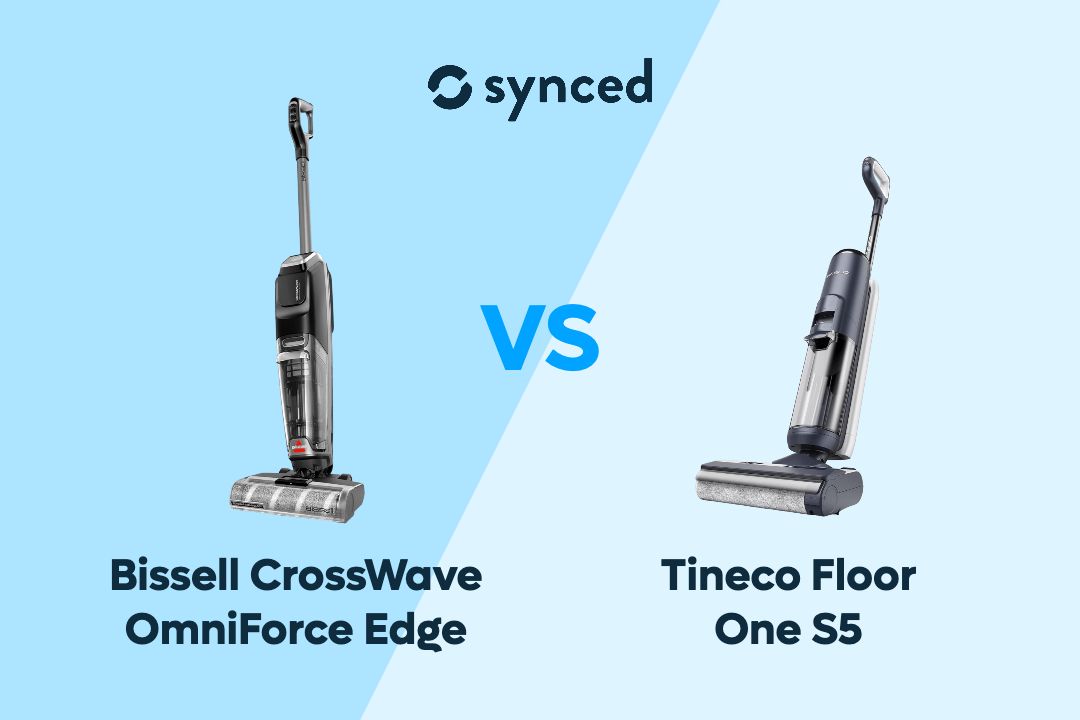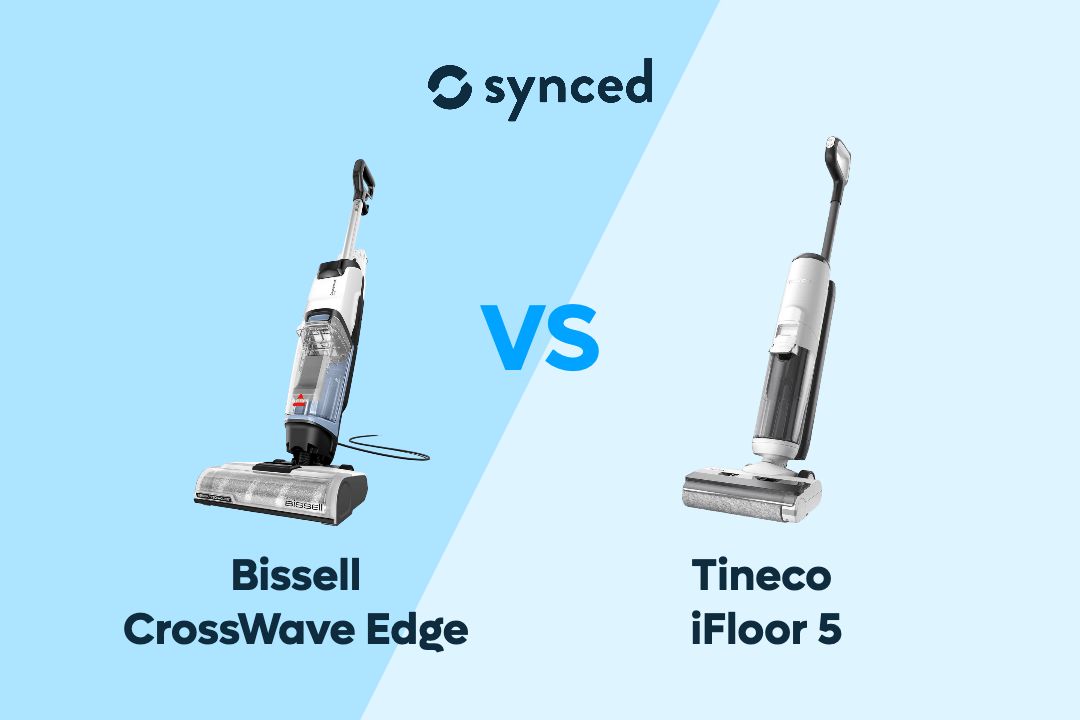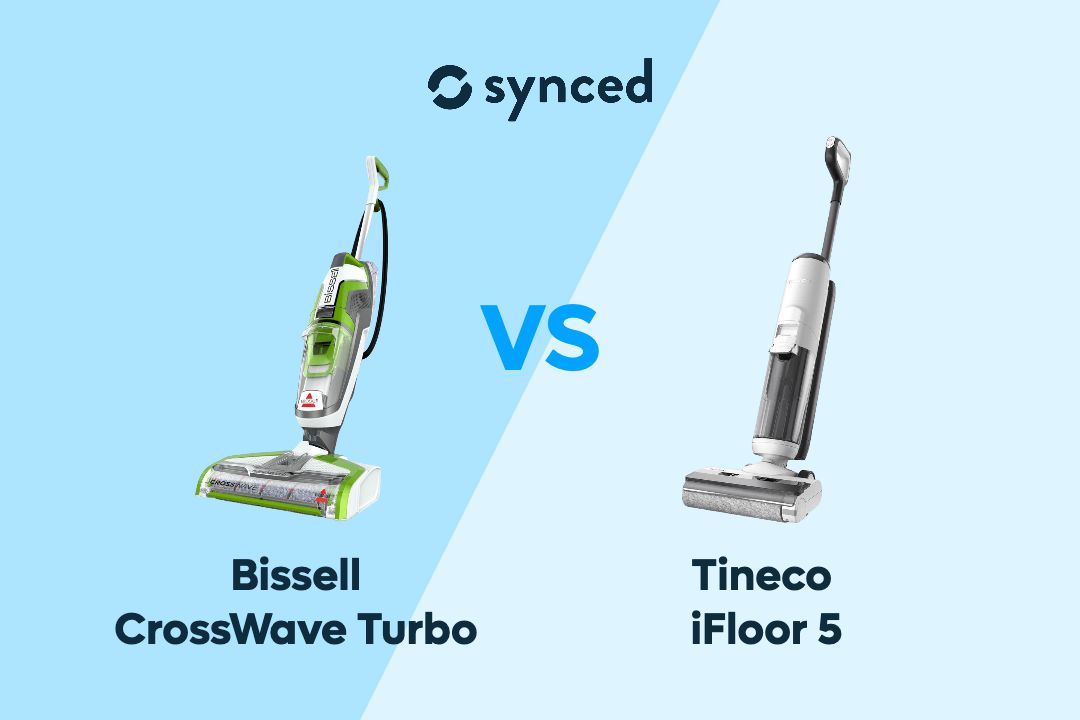DJI Osmo Mobile 7P vs Insta360 Flow 2 Pro: 6 Key Aspects to Know!
Naila Syifa
Updated February 2025

The gimbal market is becoming more competitive with the recent release of these innovative products from two leading brands in the industry, the DJI Osmo Mobile 7P and Insta360 Flow 2 Pro. How do the two flagship gimbals stack up against each other? Let's compare them across 6 important consideration aspects!
Key Takeaways
The DJI Osmo Mobile 7P and Insta360 Flow 2 Pro are both capable smartphone gimbals with distinct advantages. The Flow 2 Pro excels in motion range and iOS-specific features, while the Osmo Mobile 7P offers better cross-platform compatibility and versatile tracking capabilities. Battery life is comparable at 10 hours.


DJI Osmo Mobile 7P
Gimbal for Pro
✓ ActiveTrack 7.0
✓ Multifunctional Module
✓ Built-in Tripod & Extension Rod
✓ 10 Hours Runtime

Insta360 Flow 2 Pro
Best Gimbal for iPhone
✓ Deep Track 4.0
✓ 360° Infinite Pan Tracking
✓ Built-in Tripod, Selfie Stick & Mirror
✓ Apple DockKit
Design & Controls

DJI Osmo Mobile 7P
Both gimbals are equally foldable, portable, and intuitive to use, but they have notably different control interfaces. The DJI Osmo Mobile 7P adds a status panel along with controls placed separately, while Insta360 Flow 2 Pro gathers all the key controls together in the SmartWheel.
They have different approaches but key controls like shutter button, switch button, joystick, zoom/focus control, and trigger are equally present on both gimbals.
Both the DJI Osmo Mobile 7P and Insta360 Flow 2 Pro also equally integrate a tripod and extension rod. The tripod is longer on the Insta360 (94 mm vs. 67 mm) while the extension rod is longer on the DJI Osmo Mobile 7P (215 mm vs. 210 mm), but those are small differences you may not notice much in real-world usage.
Another minor difference is their color. The DJI Osmo Mobile 7P has a dark gray aesthetic, while the Insta360 Flow 2 Pro has a sleek white body. Unless you have a strong color preference, this factor is unlikely to sway your decision.
What's a more significant difference between the two concerns the tracking ring light, which is present on the Insta360 Flow 2 Pro but not on the DJI Osmo Mobile 7P. The ring light flashes to show that the subject tracking is active, giving you confidence that you're being tracked when recording yourself.
The Insta360 Flow 2 Pro also features a selfie mirror behind the roll axis, which allows you to more easily frame yourself when recording selfie videos.
Angle Range

Insta360 Flow 2 Pro
Below is the mechanical operation range for the DJI Osmo Mobile 7P and Insta360 Flow 2 Pro.
DJI Osmo Mobile 7P
Pan: -109° to 222°
Roll: -77° to 255°
Tilt: -224° to 100°
Insta360 Flow 2 Pro
Pan: 360°
Roll: -390° to 135°
Tilt: -99° to 231°
Overall, the Insta360 Flow 2 Pro has a superior motion range, especially in pan, as it can rotate 360 degrees across the pan axis. It also has a feature that quickly starts a 360-degree pan rotation with a single press of the C button on the SmartWheel.
Tracking Features

DJI Osmo Mobile 7P
Subject tracking is a very important feature for a gimbal, as it allows the camera to automatically follow and keep the subject in frame while recording. In this aspect, there are two scenarios we should compare – subject tracking in each gimbal's companion app and subject tracking outside the companion app.
Let's first talk about subject tracking within the companion apps, which can be used only when you're recording using their apps. DJI Osmo Mobile 7P offers ActiveTrack 7.0 in the DJI Mimo app while the Insta360 Flow 2 Pro offers Deep Track 4.0 in the Insta360 app.
Both are subject-tracking technologies that can track people, animals, and objects; support multi-person tracking and zoom tracking; can track fast-moving subjects; and can follow subjects reliably even when they're temporarily obscured.
However, the Insta360 Flow 2 Pro has an advantage with the Pro Framing Grid. It allows you to keep the subject in the ideal framing position based on the Golden Ratio composition.

Insta360 Flow 2 Pro
Outside the companion apps, the subject tracking feature of both gimbals is less advanced than what they offer within their companion apps. For example, subject tracking is limited to human subjects and not objects or animals.
However, it allows you to apply subject tracking to various apps on your smartphone, such as the native camera app, social media apps, video conferencing apps, and other third-party apps.
For this, the DJI Osmo Mobile 7P relies on the Multifunctional Module, an attachable accessory that comes with the gimbal. It has on-device AI tracking that enables subject tracking across various apps. It also has an integrated fill light for additional lighting and audio reception capabilities when connected to DJI Mic Mini.
Meanwhile, the Insta360 Flow 2 Pro relies on Apple DockKit for tracking outside the Insta360 app. The downside is a more limited compatibility. It requires an Apple device compatible with DockKit (iPhone 12 or later running iOS 17 or higher) and a DockKit-compatible app. The list of compatible apps includes Instagram, WhatsApp, Facebook, Google Meet, CapCut, YouTube, Twitch, Snapchat, and more.
On Android, subject tracking on third-party apps is still possible via the Live Mode feature within the Insta360 app. However, the compatible apps are even more limited to Instagram, TikTok, FaceTime, Skype, Facebook Messenger, WeChat, Lark, and Line.
Other Features

Insta360 Flow 2 Pro
Both the DJI Osmo Mobile 7P and Insta360 Flow 2 Pro offer gesture control and Apple Watch remote control, but only the Insta360 Flow 2 Pro offers smartphone remote control. It allows you to use a second smartphone to preview and control the gimbal.
The Insta360 Flow 2 Pro also offers additional features not found in the DJI Osmo Mobile 7P, including Apple ProRes support, Dolby Vision, and Teleprompter for professional-level video recording.
In terms of editing features, both are equally well-equipped, featuring AI-powered editing tools and video templates that make it easy to create professional-looking videos.
Connectivity

DJI Osmo Mobile 7P
Both gimbals support iOS and Android, but some features may be exclusive to iOS users. For example, Apple DockKit support, Apple ProRes, Dolby Vision, and Active Zoom Tracking on the Insta360 Flow 2 Pro only work on iOS devices. Multi-Person Tracking is also limited to some Android models, while it is fully supported on iPhone 12 or later.
For the DJI Osmo Mobile 7P, Quick Launch is exclusive to iOS users. It is a feature that automatically pops up the DJI Mimo app as soon as the smartphone is attached to the gimbal, making it quicker to start using the gimbal on iOS devices.
For first-time pairing, the Insta360 Flow 2 Pro has the advantage across both iOS and Android devices. NFC pairing support means you can pair the gimbal with your phone just by tapping the two devices together, and the Insta360 app will automatically open.
Meanwhile, first-time pairing on the DJI Osmo Mobile 7P is a more manual process. It requires you to first enable Bluetooth on your phone, open the DJI Mimo app, and then connect to the gimbal.
Battery

Insta360 Flow 2 Pro
The DJI Osmo Mobile 7P packs a large battery capacity of 3350 mAh, while the Insta360 Flow 2 Pro only has an 1100 mAh battery. However, interestingly, both claim a similar battery life of up to 10 hours of usage on a single charge. They can also be used as a backup power bank to charge your smartphone when needed.
In terms of charging time, the DJI Osmo Mobile 7P takes around 2.5 hours to fully charge, while the Insta360 Flow 2 Pro charges more quickly in around 2 hours, thanks to its lower battery capacity.
DJI Osmo Mobile 7P vs Insta360 Flow 2 Pro
Final Thoughts

DJI Osmo Mobile 7P
The DJI Osmo Mobile 7P and Insta360 Flow 2 Pro offer distinct advantages in different areas, making it challenging to declare an outright winner. While the Insta360 Flow 2 Pro boasts a superior motion range and advanced features like NFC Pairing, smartphone remote control, Pro Framing Grid, Apple DockKit support, Apple ProRes support, and Dolby Vision, some of its capabilities are limited to iPhone users.
Meanwhile, the DJI Osmo Mobile 7P is a more versatile option that works seamlessly across both iOS and Android devices, offering reliable subject tracking across various apps with the Multifunctional Module, ActiveTrack 7.0 for subject tracking within the DJI Mimo app, and a larger battery capacity.
If you like to read more on Gimbals, check out our other relevant guides here:
Best Gimbals
DJI Osmo Mobile 7 vs 7P
DJI Osmo Mobile 6 vs 7
DJI Osmo Mobile 6 vs 7P
DJI Osmo Mobile SE vs 7
DJI Osmo Mobile SE vs 7P
DJI Osmo Mobile 7 vs Insta360 Flow
DJI Osmo Mobile 7P vs hohem iSteady M7
Author

Naila Syifa
Naila has spent over 1,800 hours researching, exploring, and writing about the latest trends in technology, consumer electronics, and smart home gadgets.
Don't miss out on tech
Subscribe to our newsletter to stay up to date on the latest tech trends and guides on the best gadgets around.

